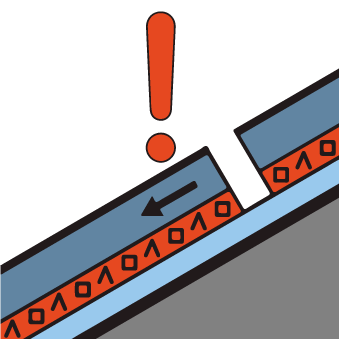
Danger level
 | 2600m
|
Avalanche Problem
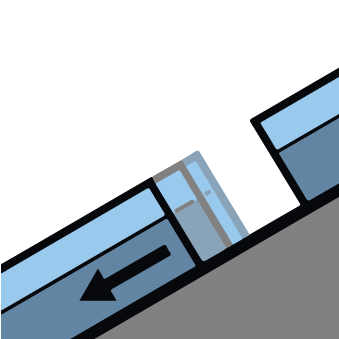 | | Gliding snow |
| 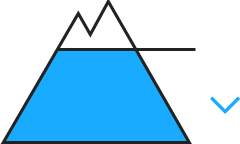 | |  |
 | | Wind-drifted snow |
| 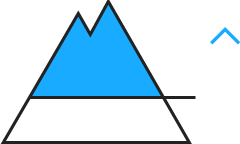 | |  |

Caution is to be exercised in areas with glide cracks.
The danger of gliding avalanches will persist. On very steep grassy slopes and on sunny slopes more gliding avalanches are possible, even quite large ones. Areas with glide cracks are to be avoided.
The wind slabs of last week are to be evaluated with care and prudence in particular on northwest to north to northeast facing aspects above approximately 2600 m. These can still be released in particular on near-ridge shady slopes.
Snowpack
dp.2: gliding snow
dp.6: cold, loose snow and wind
Towards its surface, the snowpack is fairly homogeneous. As a consequence of mild temperatures the snowpack settled. The snowpack is largely stable and its surface has a melt-freeze crust that is barely capable of bearing a load, in particular on very steep sunny slopes, as well as at low and intermediate altitudes.
The old snowpack will be unfavourable in some places. Towards its base, the snowpack is faceted.
Tendency
Gradual decrease in avalanche danger.
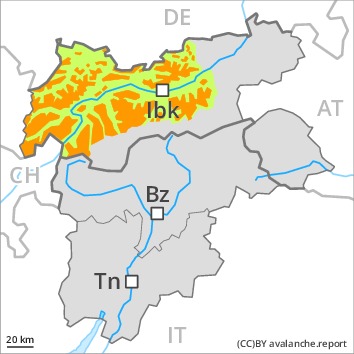
Danger level
 | 2200m
|
Avalanche Problem

Weak layers in the lower part of the snowpack necessitate caution and restraint.
Distinct weak layers in the lower part of the snowpack can be released by individual winter sport participants. Caution is to be exercised in particular on steep shady slopes above approximately 2200 m, as well as on steep sunny slopes above approximately 3000 m, especially in areas where the snow cover is rather shallow, as well as at transitions from a shallow to a deep snowpack, when entering gullies and bowls for example. Avalanches can be triggered in the faceted old snow and reach a dangerous size. These avalanche prone locations are difficult to recognise. In the regions with a lot of snow the situation is a little more favourable. The current avalanche situation calls for experience in the assessment of avalanche danger and careful route selection.
Snowpack
dp.1: deep persistent weak layer
dp.7: snow-poor zones in snow-rich surrounding
Steep shady slopes: The old snowpack will be prone to triggering in some places. Towards its surface, the snowpack is fairly homogeneous and has a loosely bonded surface. Towards its base, the snowpack is faceted and weak. Released avalanches and stability tests confirm the unfavourable bonding of the snowpack. Whumpfing sounds and the formation of shooting cracks when stepping on the snowpack are a clear indication of a weakly bonded snowpack.
Steep sunny slopes as well as low and intermediate altitudes: The snowpack is largely stable and its surface has a melt-freeze crust that is barely capable of bearing a load. Faceted weak layers exist deep in the snowpack above approximately 3000 m.
Tendency
Hardly any decrease in danger.

Danger level
 | 2600m
|
Avalanche Problem

Old wind slabs in the high Alpine regions.
The older wind slabs remain in some cases prone to triggering in particular on northwest to north to northeast facing aspects above approximately 2600 m. They can only be released by large loads in most cases.
On very steep grassy slopes and on sunny slopes only isolated gliding avalanches are possible. Areas with glide cracks are to be avoided.
In very isolated cases avalanches can be triggered in deep layers of the snowpack. This applies on steep, rather lightly snow-covered shady slopes, as well as in extremely steep terrain in particular above approximately 2200 m. Caution is to be exercised at transitions from a shallow to a deep snowpack. In regions neighbouring those that are subject to danger level 3 (considerable) the avalanche prone locations are more prevalent.
Snowpack
dp.6: cold, loose snow and wind
Towards its surface, the snowpack is fairly homogeneous. As a consequence of mild temperatures the snowpack settled. The snowpack is largely stable and its surface has a melt-freeze crust that is barely capable of bearing a load, in particular on very steep sunny slopes, as well as at low and intermediate altitudes.
The old snowpack will be unfavourable in some places. Towards its base, the snowpack is faceted.
Tendency
Slight decrease in avalanche danger.
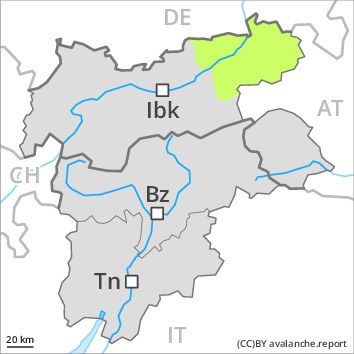
Danger level

A generally favourable avalanche situation will prevail.
The older wind slabs are in individual cases still prone to triggering on very steep shady slopes above approximately 2000 m. They can be released, especially by large additional loads,. They are mostly small.
Snowpack
The various wind slabs have bonded quite well already with each other and the old snowpack. At low and intermediate altitudes a little snow is lying. The snowpack is largely stable and its surface has a crust that is not capable of bearing a load, in particular on sunny slopes.
Tendency
A generally favourable avalanche situation will prevail.











